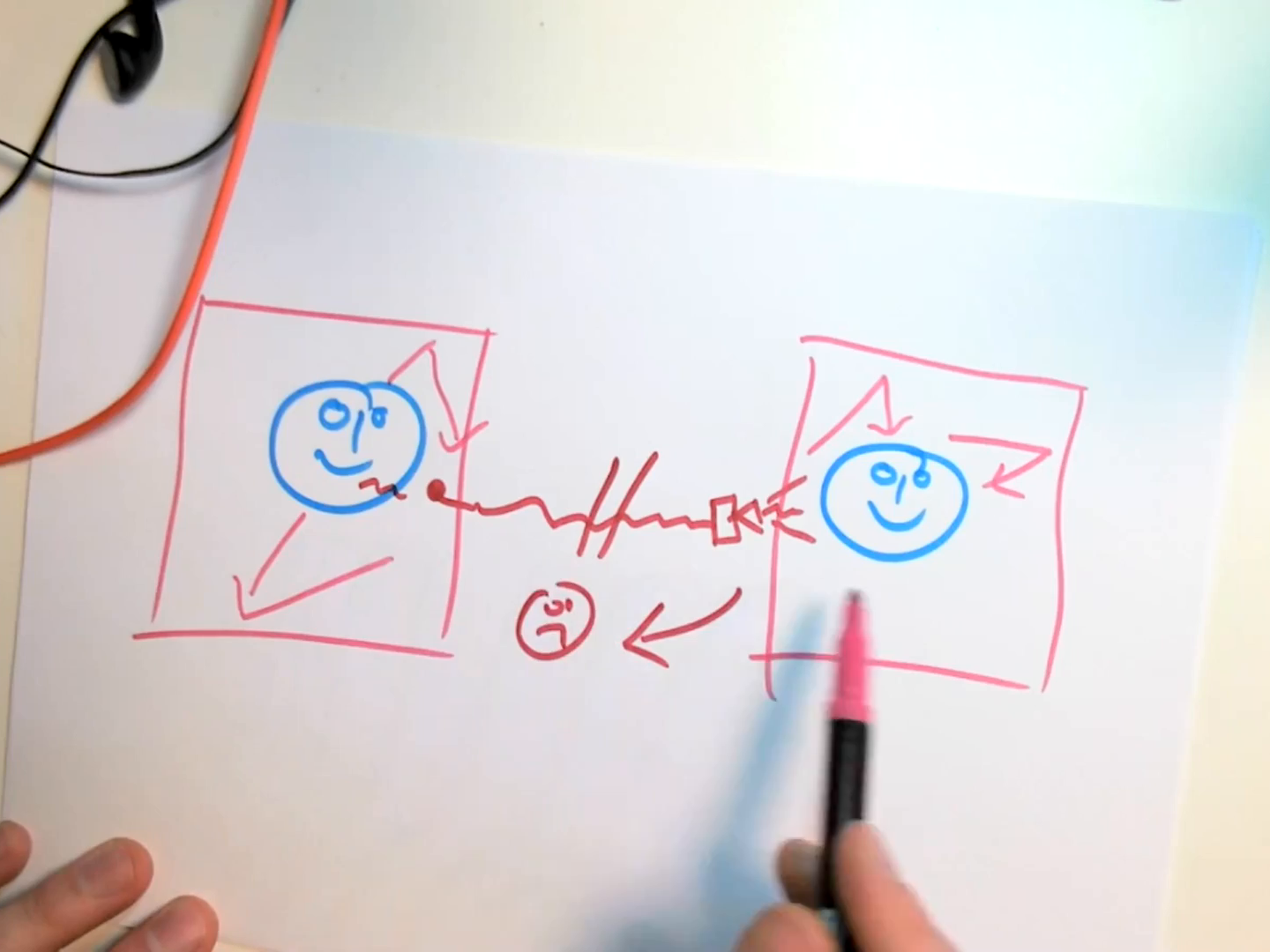Many people have asked me about what types of microphones to use for streaming and recording. This is really a jungle, with lots of devices and things to think about. I have written some blog posts about such things previously, such as tips for doing Skype job interviews, testing simple camera/mic solutions, running a Hybrid Disputation, and how to work with plug-in-power microphones.
Earlier today I held a short presentation about microphones at RITMO. This was during our informal Food & Paper lunch seminar, where people eat their lunch while listening to presentations about different topics (usually something academic, but sometimes also other things). Here is a cut-down version of the presentation:
The presentation starts by drawing up the main things to think about: microphones and speakers and the environments that people use these devices within. When we stream or record, we don’t really control other people’s speakers and environments. So the two things we should think about are (1) the microphone we use and (2) the environment we are in.

The make a long story short, here are my general advice:
- Place yourself in a “dry” and quiet space, if possible. A small room with carpets and curtains is much better than a big and empty space.
- A headset with a boom microphone will usually give the best sound overall, without feedback, and allow you to move your head around. I have many USB headsets from Logitech, Jabra, and Poly, and all of them are fine. The more expensive ones are more comfortable to wear, but the sound quality doesn’t really differ that much. I generally try to avoid Bluetooth headsets since they need to be charged and paired to function. If you can live with a cable, you will get better sound for a lower price.
- A “podcast-style” condenser microphone will give a more pleasant and radio-like sound. You can also avoid sitting with headphones on all the time, which is very tiresome after some hours. However, condenser microphones are usually relatively large, need a stand, and you may get into feedback problems. There are many options here, but I have been very positively surprised by this cheap Marantz USB microphone.
- A lavalier microphone is the best choice for making video recordings. They are small, pick up sounds nicely, and some (like the Røde Smartlav+) can be connected directly to a mobile phone or laptop.
There are always better, more expensive, and more complicated solutions out there. However, I am very impressed by some of the newest products that have arrived on the market. The products highlighted above are reasonably priced and will greatly improve the audio of both streaming and recording.